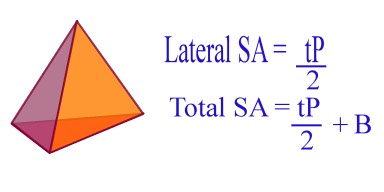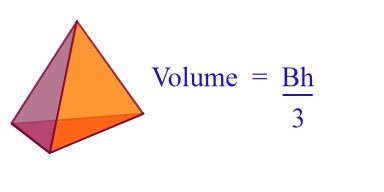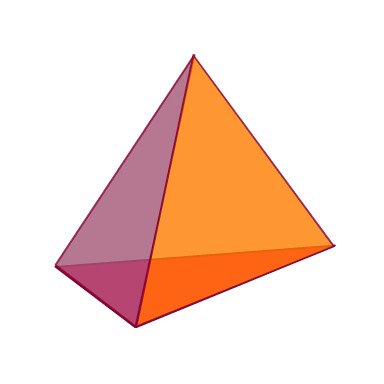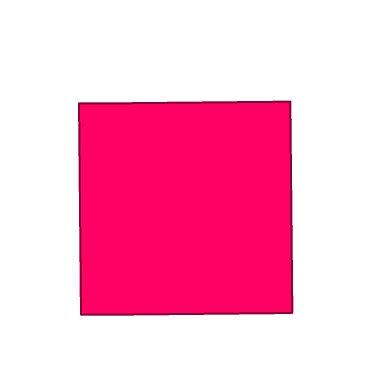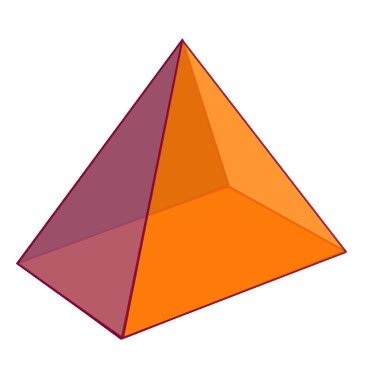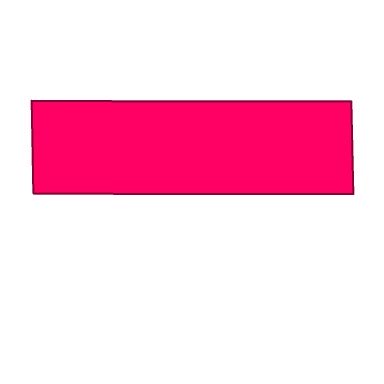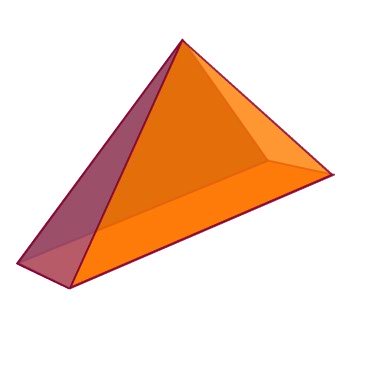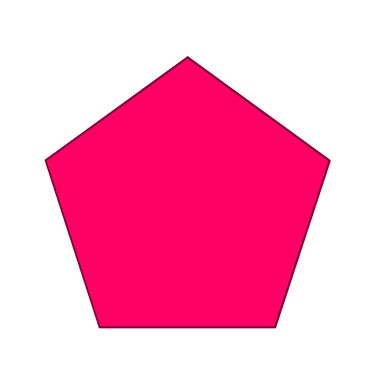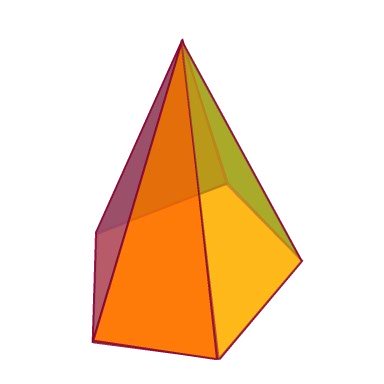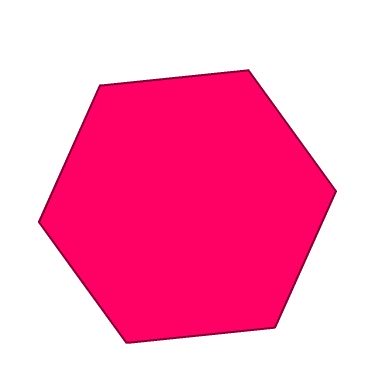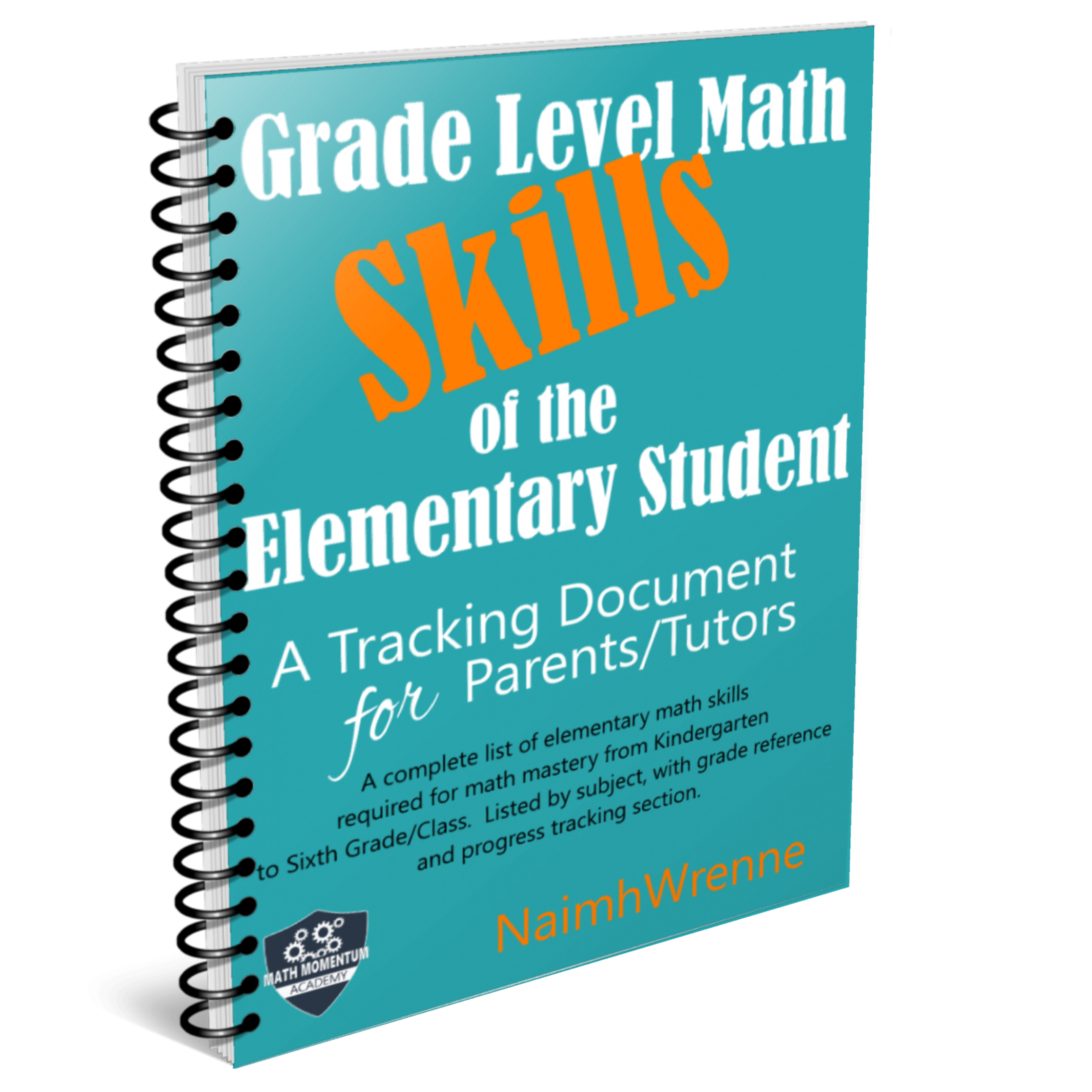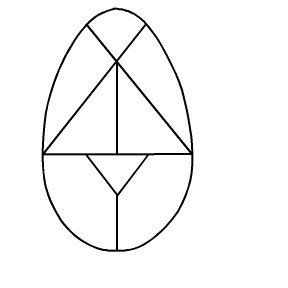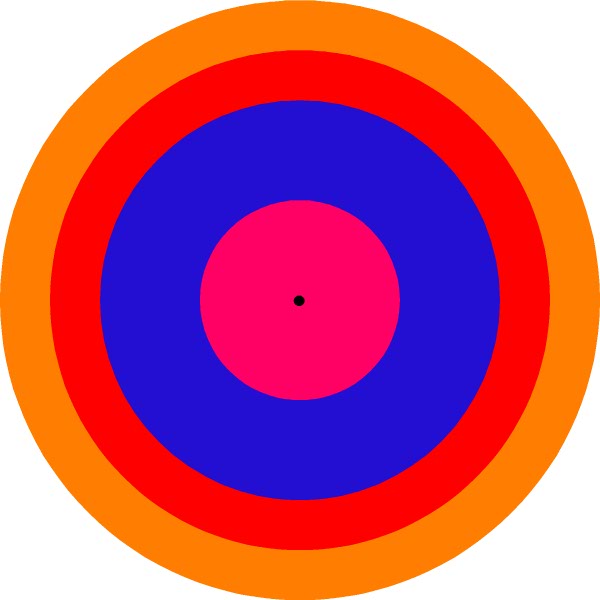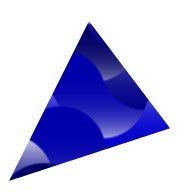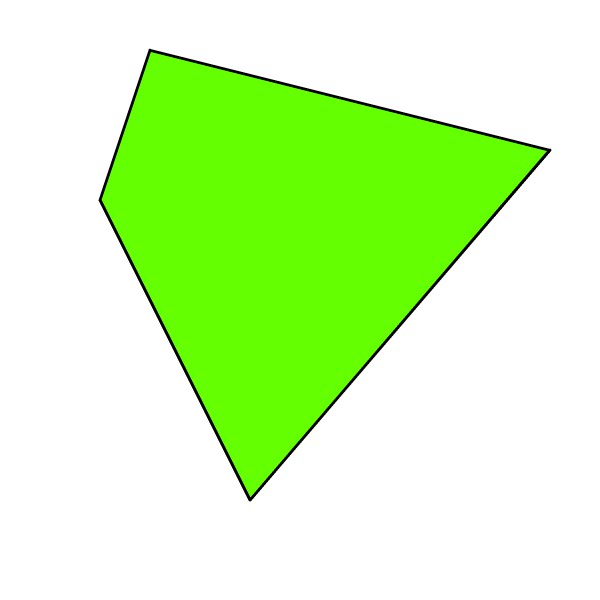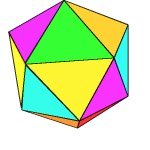What is a Pyramid?
Your Child has asked the question, and you are in the right place to get the answers.
When we think of pyramids, most of us will drift off to hot desert lands, clear blue skies, scorching sun and see silhouettes of camel trains and the great pyramids of Egypt in the back ground. However, if your child has asked - "what is a pyramid?" this is most likely not the information they are looking for!
On this page, we will deal with some of the more basic details of parts of pyramids and types of pyramids. Where necessary, you will find links to much more detailed information on a section.
So, for a math student, what is the correct answer? Well ...
a Pyramid is a three dimensional shape that is created by a polygon as its base, and triangles as its other faces, where all the triangles meet at a common vertex.
Parts of a Pyramid
Knowing how to label the different parts of a pyramid is essential to understanding other areas of this section k-6 Geometric Shapes.

Looking at the above image, you can see there are quite a number of different parts, so lets start with the ones you are probably familiar with:
Base: The red square in this image. In general it is the part that the pyramid will rest upon.
Vertex: The point where all the lateral triangular faces meet.
Height: The perpendicular distance from the vertex to the base.
Face: The sides of the pyramid (which must always be triangles).
Slant Height: This is the distance from the Vertex to one of the base polygons sides connected by a line perpendicular to the base line.
This is also referred to as side length. I personally have found confusion with this reference as most children consider side length to be the length of one side of the base. I just suggest you use the term your child is being taught at school.
Surface Area and Volume of a Pyramid
Different Types of Pyramids
There are as many different types of pyramids, as there are shapes! A pyramid is named after the shape of its base, so bellow, I am going to list the most commonly studied pyramids at the elementary level.
Regular and Irregular Pyramids
Whether a Pyramid is Regular or Irregular is dictated by the type of Polygon it has as its base.
All these pyramids, above, are regular pyramids, as they are created using a Regular Polygon as the base.
An irregular Pyramid, is simply a pyramid created by an irregular polygon as its base.
Right and Oblique Pyramids
This type of Pyramid is dictated by the position of its vertex.
If the vertex is directly above the center point of the polygon at the pyramids base, then it is a Right Pyramid.
If the vertex is situated ANYWHERE other than directly above the center of the polygon, then it is an Oblique Pyramid.
I hope you found all your answers to the What is a Pyramid question that brought you here.
I am sure you will find all the information and worksheets you need here, however if there is anything you cannot find please don't hesitate to contact me or simply visit the MathMomentumCommunity and join the conversation!
I love to hear from my readers, and with a little feedback and a few suggestions I can make this a great resource for parents, teachers and tutors alike.
Be sure to explore everything on this site starting at the home page.
